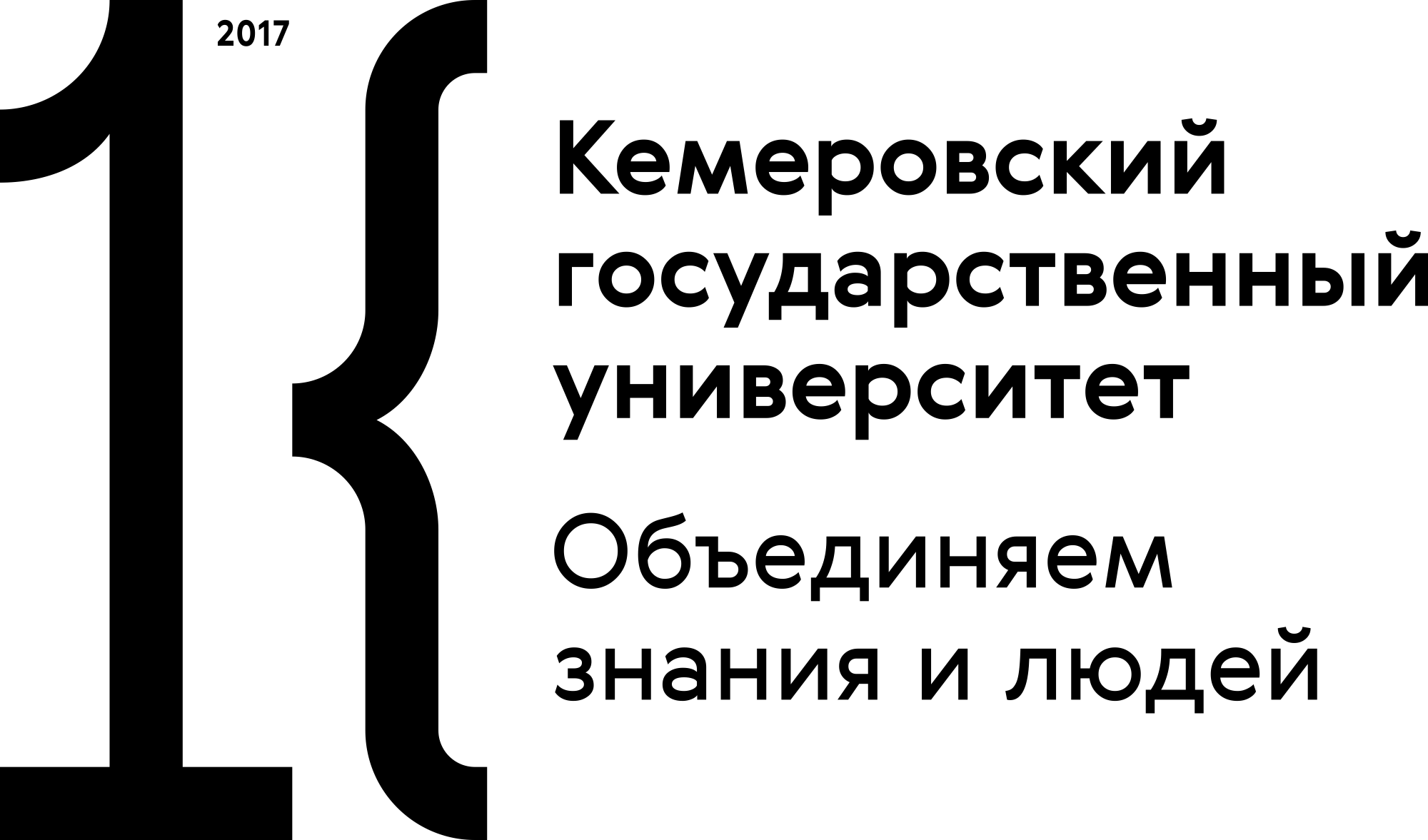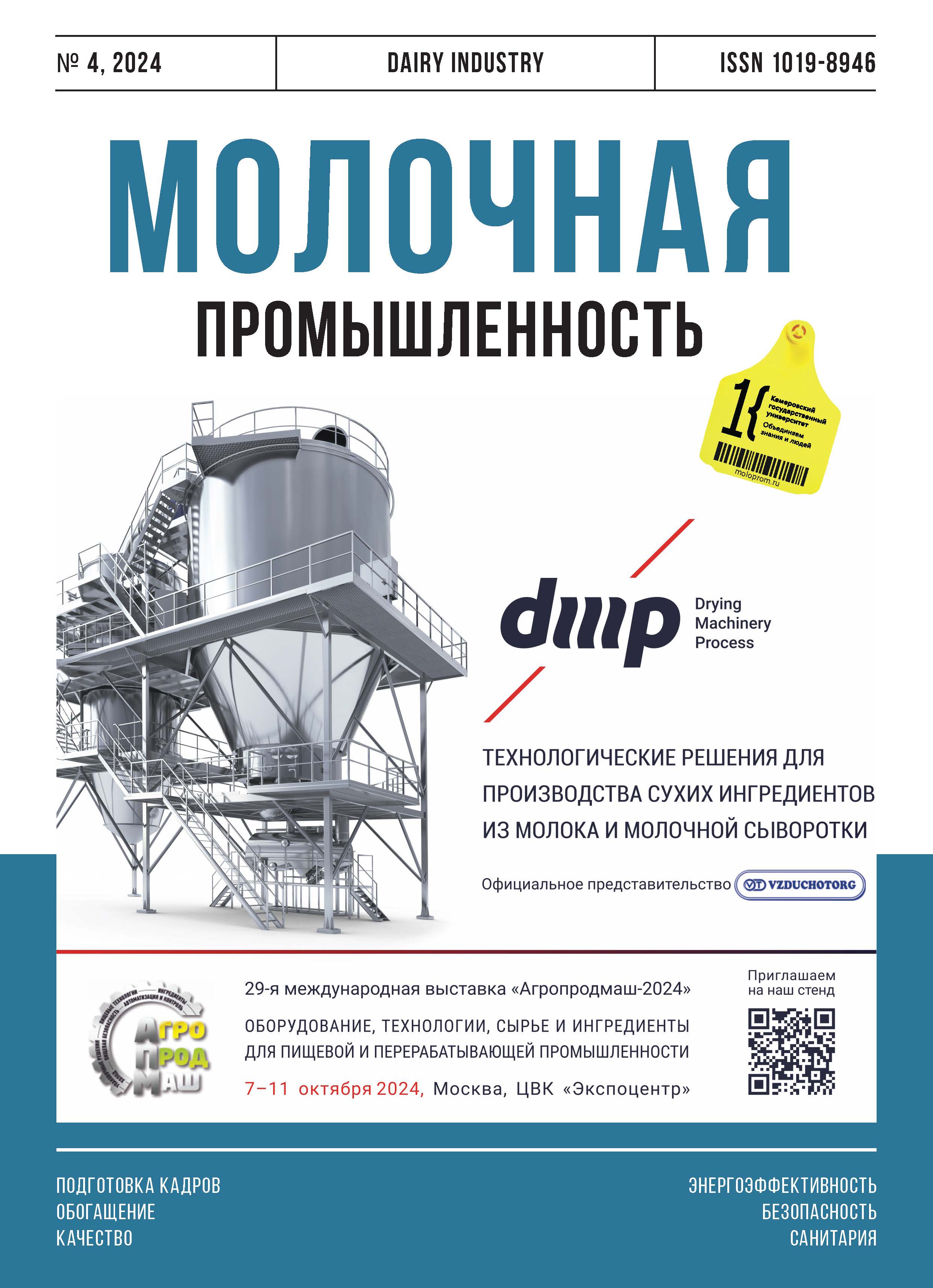Stavropol, Russian Federation
Stavropol, Russian Federation
Stavropol, Russian Federation
Stavropol, Russian Federation
Stavropol, Russian Federation
Stavropol, Russian Federation
Demineralized whey has good sensory and functional properties. As a result, it is important on the global market of food ingredients. Demineralized whey is part of numerous formulations, including baby food. As healthy diets and functional foods get more popular, the overall consumption of dairy products continues to grow. New whey processing technologies open greater opportunities for products with increased value. The review features modern industrial methods of whey demineralization, i.e., nanofiltration, electrodialysis, and ion exchange, as well as their advantages and disadvantages. Nanofiltration has low selectivity for monovalent ions, which means it provides only partial demineralization and concentration. Electrodialysis is an electromembrane process that separates ions from a solution with the help of electric field. It is more effective in removing minerals and provides 90% demineralization. However, its efficiency depends on the type of ions, their concentration, and membrane properties. High concentrations of divalent ions slow demineralization down and increase the processing time. The ion exchange method involves exchange resins, i.e., polymeric materials with functional groups that can bind to ions (cations or anions) in the solution and exchange ions. Different whey demineralization methods can be combined based on the type of raw materials and final product.
whey, demineralization, demineralization level, nanofiltration, electrodialysis, ion exchange, microfiltration
1. Ozel, B. Challenges in dried whey powder production: Quality problems / B. Ozel [et al.] // Food Research International. Elsevier Ltd. 2022. Vol. 160. 111682. https://doi.org/10.1016/j.foodres.2022.111682
2. Yurova, E. A. Demineralizovannaya molochnaya syvorotka kak osnovnoe syr'e dlya proizvodstva produktov specializirovannogo pitaniya / E. A. Yurova, T. V. Kobzeva, S. A. Fil'chakova // Pischevaya promyshlennost'. 2022. № 3. S. 64–67. https://doi.org/10.52653/PPI.2022.3.3.015; https://www.elibrary.ru/iqsxuo
3. Paladii, I. Whey: State of the Art. Part II. Processes and Treatment Methods / I. Paladii, E. Vrabie, C. Sprincean, M. Bologa // Elektronnaya Obrabotka Materialov. 2021. Vol. 57 № 3. P. 83–101. https://doi.org/10.52577/eom.2021.57.3.83
4. Belleville, M. P. Nanofiltration in the Food Industry / M. P. Belleville [et al.] // Nanofiltration: Principles, Applications, and New Materials. 2021. Vol. 1–2. https://doi.org/10.1002/9783527824984.ch11
5. Charcosset, C. Classical and Recent Applications of Membrane Processes in the Food Industry / C. Charcosset // Food Engineering Reviews. 2021. Vol. 13. № 2. P. 322–343. https://doi.org/10.1007/s12393-020-09262-9
6. Hofmann, K. Screening and Scale-Up of Nanofiltration Membranes for Concentration of Lactose and Real Whey Permeate / K. Hofmann, C. Hamel // Membranes (Basel). 2023. Vol. 13. № 2. 173. https://doi.org/10.3390/membranes13020173
7. Chandrapala, J. Nanofiltration and nanodiafiltration of acid whey as a function of pH and temperature / J. Chandrapala [et al.] // Sepfration Purification Technology Elsevier. 2016. Vol. 160. P. 18–27. https://doi.org/10.1016/j.seppur.2015.12.046
8. Nielsen, E. N. Effect of calcium-binding compounds in acid whey on calcium removal during electrodialysis / Nielsen, E. N. [et al.] // Food and Bioproducts Processing. 2022. Vol. 131. P. 224–234. https://doi.org/10.1016/j.fbp.2021.11.008
9. Okawa, T. Demineralization of whey by a combination of nanofiltration and anion-exchange treatment: A preliminary study / T. Okawa [et al.] // International Journal of Dairy Technology. 2015. Vol. 68, № 4. P. 478–485. http://doi.org/10.1111/1471-0307.12283
10. Chegini, G. Whey powder: Process technology and physical properties: A review / G. Chegini, M. Taheri // Middle East Journal of Scientific Research. 2013. Vol. 13 № 10 P. 1377–1387. http://doi.org/10.5829/idosi.mejsr.2013.13.10.1239
11. Volodin, D. N. Koncentrat micellyarnogo kazeina: princip frakcionirovaniya, svoystva i vozmozhnosti ispol'zovaniya / D. N. Volodin, V. I. Shipulin, I. A. Evdokimov [i dr.] // Molochnaya promyshlennost'. 2022. № 10. S. 44–48. https://doi.org/10.31515/1019-8946-2022-10-44-48; https://elibrary.ru/yzbuoy
12. Hammam, A. Progress in micellar casein concentrate: Production and applications. Comprehensive Reviews/ A. Hammam, S. Martinez-Monteagudo, Metzger L. // Food Science and Food Safety. 2021. V. 20. I. 5. P. 4211 – 5318. https://doi.org/10.1111/1541-4337.12795
13. Nielsen, E. N. The effect of acid whey composition on the removal of calcium and lactate during electrodialysis / E. N. Nielsen [et al/] // International Dairy Journal. 2021. Vol. 117. 104985. https://doi.org/10.1016/j.idairyj.2021.104985
14. Kravcov, V. A. Klassicheskiy i bipolyarnyy elektrodializ v innovacionnyh tehnologiyah pererabotki tvorozhnoy syvorotki / I. A. Evdokimov, L. I. Tolmachev, A. D. Bondarchuk [i dr.] // Molochnaya promyshlennost'. 2018. № 9. S. 69–73. https://doi.org/10.31515/1019-8946-2018-9-69-72, https://elibrary.ru/naidcl
15. Dykalo, N. Ya. Diafil'traciya tvorozhnoy syvorotki v processe nanofil'tracii / N. Ya. Dykalo, E. A. Fialkova, D. M. Kostyukov, V. N. Shohalova // Syrodelie i maslodelie. 2013. № 2. S. 26–27. https://elibrary.ru/pwwmrb
16. Marx, M. Manufacturing of demineralized whey concentrates with extended shelf life: Impact of the degree of demineralization on functional and microbial quality criteria / M. Marx [et al.] // Food and Bioproducts Processing. 2019. Vol. 114. P. 1–11 http://doi.org/10.1016/j.fbp.2018.10.011
17. Evdokimov, I. A. Elektrodializ molochnoy syvorotki. Monografiya / I. A. Evdokimov, N. Ya. Dykalo, A. V. Permyakov. – Georgievsk: GTI (filial) SevKavGTU, 2009. – 248 s.







